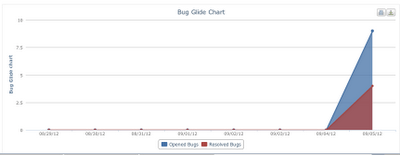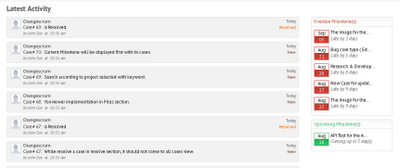The fifth release of PHP, also known as PHP 5.5, was released in this year with great new features and updated standards. One of the most exciting aspects of the update is the Password Hashing API, which aims to provide a universal standard for password hashing functions.
Hashing is a way to store user passwords so that they are not stored in clear text but can still be verified when users log in again. With this new standard, you can use one function (password_hash) to create an account verification token for your user login system. You use another function (password_verify) to validate a hashed password when users sign up or reset their password again.
From the analysis reports, it is now believed that work has officially begun on PHP 5.5. It will be the first major update since the release of the version earlier this year.
Never miss an update from us. Join 10,000+ marketers and leaders.
In recent years major update releases for PHP were very slow, so it will be interesting to see how fast or slow PHP 5.5 will come into the development process.
Among all the updates in PHP 5.5 the most impressive feature is the new Password Hashing API.
According to some recent security attacks, it is now revealed that a vast majority of PHP developers either don’t understand the password hashing or don’t think it’s worth an effort.
The current implementation of password hashing using crypt() is difficult to implement and work with, but by providing a simple API for password hashing, it will become easier for the developers to simply call the API which will take care of all the issues of the PHP development. Eventually, more projects and developers will be able to use secure password hashing.
It makes sense to include this feature, but let’s just hope for an early official release of this version, so that the PHP developers can take advantage of this security innovation.
Conclusion
The Password Hashing API is a great addition to PHP. It simplifies the process of creating and verifying password hashes. The API is compatible with existing methods and can be used for many different systems, which makes it a useful tool for developers. The Password Hashing API is available in PHP 5.5 and newer versions. This new standard aims to unify the password hashing process and create a universal method to create and verify password hashes.









